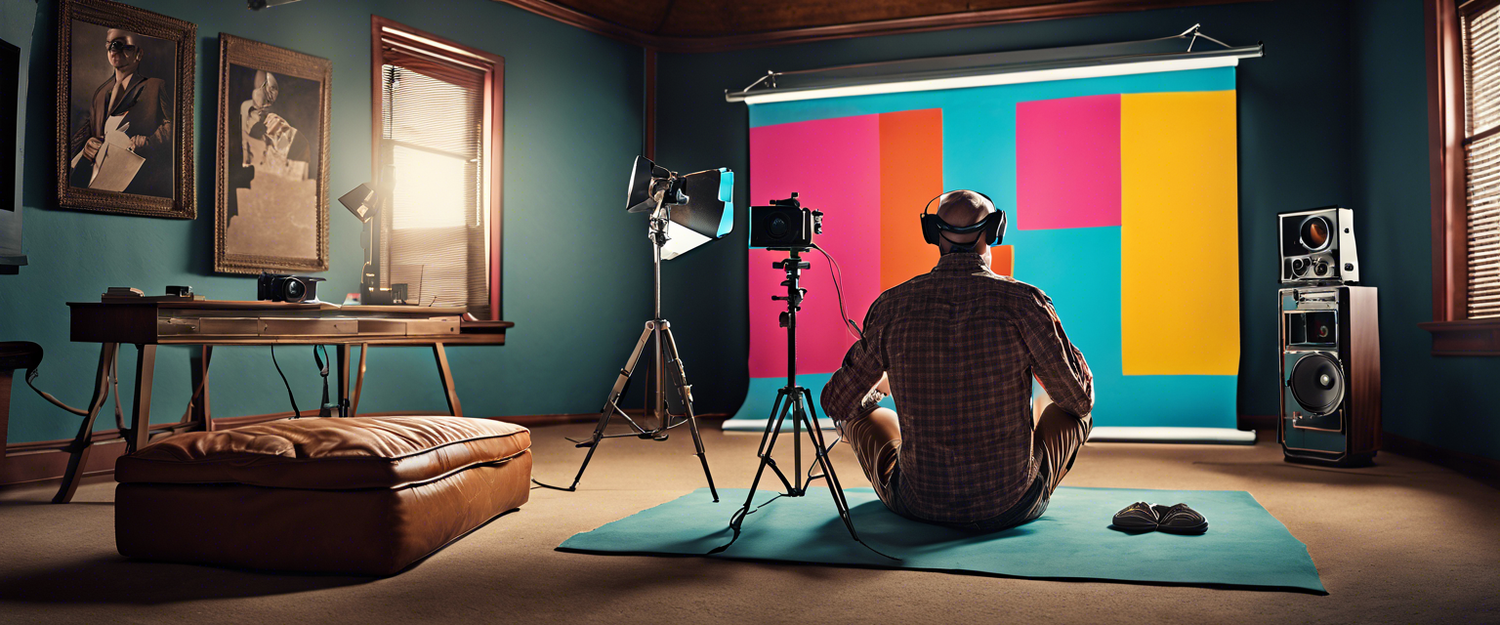Exploring the Xreal One: The New AR Glasses Offering Immersive Experiences
In recent technological advancements, augmented reality (AR) glasses have been buzzing in the tech community. A personal experience during a flight from Los Angeles to New York City highlights the potential and limitations of one such product – the Xreal One, a new offering from the Chinese startup, Xreal. With a focus on providing a straightforward yet immersive experience, these glasses are set to alter how we perceive AR technology.
A Closer Look at the Xreal One
Available for preorder at a budget-friendly price of $499, the Xreal One blurs the line between AR glasses and simple display devices. While they technically superimpose visuals onto your field of vision, their primary function is to act as a display mirror for connected devices like your phone, laptop, or gaming console.
Advanced Display Technology
The Xreal One boasts a custom birdbath lens system that delivers the equivalent of a 1080p display with a 50-degree field of view. My personal experience watching Netflix’s Rebel Ridge on a recent flight underscored this quality. The viewing experience might not quite match that of premium headsets like the Apple Vision Pro, but the glasses weigh only 84 grams, making them comfortable for prolonged use.
Performance and Viewing Experience
During the flight, I found the immersive experience more than adequate for casual viewing. However, in darker scenes, I noted some pixelation that could detract from viewing more intense films, such as Christopher Nolan’s Batman series. While this graphically modest drawback doesn’t render the device unusable, it’s a point to consider for avid movie watchers.
Sound Quality: A Step Up
Xreal has partnered with Bose for the embedded speakers in the One, delivering significantly improved audio compared to other brands like the Meta Ray-Bans. For personal use, I opted to connect my Sonos Ace headphones to enhance my viewing experience during the flight.
Beta Software and Future Prospects
It’s important to note that the Xreal One I tested was running on beta software, indicating that there may be further improvements on the horizon. Unlike many competitors, Xreal adopts a simplified approach that leverages the capabilities of connected devices through USB-C for screen mirroring. This positions them well in a crowded market where many AR headsets struggle to define their purpose.
Market Position and Sales
According to CEO Chi Xu, Xreal has sold approximately half a million units since its inception in 2017, primarily catering to users engaging in home entertainment and business travel. As AR technology continues evolving, Xreal's focused approach demonstrates the value of establishing a clearly defined product offering.
Conclusion: The Future of AR Glasses
In conclusion, the Xreal One represents a compelling compromise between functionality and comfort within the AR glasses market. With a reasonable price point and solid performance for its intended applications, it sets a benchmark in a landscape crowded with devices lacking clear direction. As consumers increasingly seek practical solutions, products like Xreal One may pave the way for a more accessible AR experience.



Leave a comment
All comments are moderated before being published.
यह साइट hCaptcha से सुरक्षित है और hCaptcha से जुड़ी गोपनीयता नीति और सेवा की शर्तें लागू होती हैं.